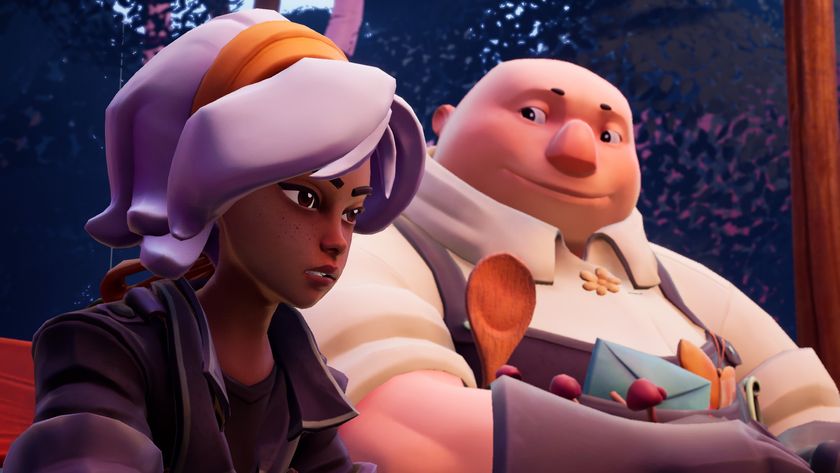12DOVE Verdict
The Philips Momentum 329M1RV is a great 4K feature set including full console support - but it is expensive compared to a TV equivalent.
Pros
- +
Lovely 4K IPS panel
- +
Speedy refresh and response
- +
Supports console and PC
Cons
- -
Not a genuine HDR panel
- -
Pricier than we’d like
- -
Questionable ergonomics
Why you can trust 12DOVE
It’s been an awfully long time coming, but the Philips Momentum 329M1RV is finally here. It’s one of a new breed of 32-inch 4K gaming monitors designed specifically with gaming consoles in mind while also being optimal for both general and gaming PC usage. We were expecting them to arrive 18 months (ish) ago. And now they’re belatedly becoming available.
On paper, the 329M1RV certainly delivers on the ‘all things to all gamers’ remit tha many 4K gaming monitors are striving for now. There’s IPS panel tech, HDR support, up to 144Hz refresh, and excellent connectivity, including DisplayPort, HDMI 2.1, and USB-C, the latter also including power delivery for keeping a laptop charged up. If there is a disappointment, it involves pricing. When displays like the 329M1RV were first mooted, the target price was meant to be around the $500 / £500 mark. Here we are 18 months or so later and that figure has ballooned to just under $900 / £900.
You still get a lot of display for your money. But at this price level, some rather uncomfortable comparisons can be made with various TVs. OK, TVs aren’t always well optimised for PC usage, but given OLED 120Hz 4K TVs can occasionally be had for around $1,000 / £1,000, this plain old LCD panel will need to be something seriously special, particularly for console gamers.
Design & Features
At first glance, the Philips Momentum 329M1RV is a pretty conventional PC monitor, albeit a very nicely built one. The stand supports height, tilt and swivel adjustment and feels very sturdy; the styling is simple and sober. That said, the T-shaped base sports one heck of a chin. It really eats into desktop space and prevents you from pushing things neatly under the display. Ergonomically, it could do with a bit of a rethink.
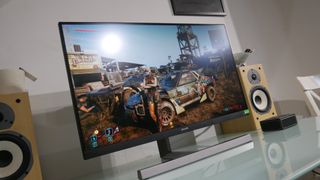
The Philips Ambiglow feature isn’t entirely convincing, either. It’s a user-configurable RGB lighting rig on the rear of the chassis that can be set to various modes including mirroring the colours being shown on the display itself and reacting to any audio being played.
It works well enough, albeit the transition between colours can be a bit abrupt, and largely achieves what it sets out to, namely adding to the mood and atmospherics. But ultimately we’d prefer the money and engineering effort to be spent on image quality. To that point, there’s at least one obvious area where the Philips Momentum 329M1RV could have used a little extra investment.
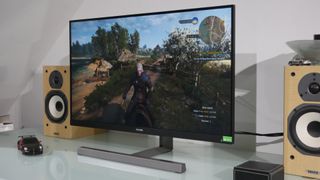
The 32-inch IPS panel itself, however, looks good by the number. It’s the real 4K deal, rated at 1ms for response and good for 111 percent coverage of the Adobe RGB gamut. It’s also capable of 144Hz refresh over both the single DisplayPort interface and the three HDMI 2.1 inputs. So, it’s ready to dance with both a gaming PC and be a great PS5 monitor or Xbox Series X monitor option too.
Indeed, it’s perfect if you want to share a single screen with both a PC and a console. There’s also a USB-C interface with 65W of power delivery for single-cable laptop fun and a USB hub, which effectively turns that USB-C interface into a slick single-cable hub. Very nice.
So, where’s that missing investment? While the 329M1RV does have HDR support, it’s only the most basic DisplayHDR 400 variety. So, there’s no local dimming. OK, the backlight is rated at a pretty punch 500 nits. But without a proper full-array backlight, this isn’t a true HDR panel.

Performance
What it is, however, is a very, very nice SDR monitor. The Philips Momentum pulls off the difficult trick of being both extremely punchy and vibrant but also deftly calibrated. The default colours in sRGB mode are pretty much perfect. White tones are super clean, and with that 4K pixel grid everything just looks super sharp and crispy.
Of course, this is not an OLED panel, so there are limitations. There’s a touch of light bleed visible at the panel edges along, while a smidgeon of the usual IPS glow is visible as you shift your viewing position. As IPS screens go, the viewing angles and contrast are good. But, equally, they’re nowhere near that of an OLED panel with its per-pixel lighting control.
How much that matters in game, well, it depends on the game and scene in question. Daytime vistas in something like the Witcher III absolutely pop. As for urban indoor scenes in the likes of, say, CyberPunk 2077, the results still look good but inevitably there isn’t quite the depth and inkiness of image you get with an OLED panel.
Nor is there the outright speed. As IPS screens go, the 329M1RV is super zippy. Philips has enabled three levels of pixel-accelerating overdrive. The fastest setting has some pretty obvious overshoot and is best avoided. But the middle option is a great compromise and about as good as it currently gets from IPS technology. There’s very little visible blurring.

Thanks to the 144Hz refresh, there’s scarcely any lag, either. Sure, there are monitors with higher refresh rates of 480Hz or more. But for most gamers, most of the time, the returns above 120Hz or 144Hz diminish rapidly. And, of course, the consoles only support 120Hz anyway.
Probably the 329M1RV’s weakest aspect is, predictably, HDR performance. This is not a true HDR display and doesn’t deliver a genuine HDR experience. It will render HDR colours correctly. But it’s arguable whether HDR-capable games actually look better in HDR mode.
What we can say for sure, on the other hand, is that SDR content is less punchy and vibrant with the monitor in HDR mode. This unfortunately means you’ll have to toggle HDR on and off depending on what you’re watching or playing to get the best SDR and HDR experience, respectively. For the record, the 329M1RV sports an HDR mode specifically optimised for the Microsoft Xbox Series consoles. But it’s ridiculously oversaturated and looks, frankly, silly. Sticking with the default HDR mode is our advice.
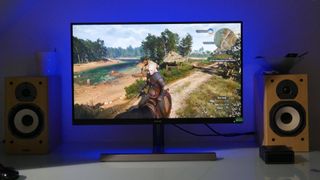
Overall - should you buy it?
As an all-round solution for general computing and gaming on a PC, plus sharing a screen with a console, the Philips Momentum 329M1RV takes some beating. In conventional LCD monitor terms, the image quality from the 32-inch 4K IPS panel is gorgeous. The colours pop, the pixels are quick and the refresh rate is plenty high enough.
It’s also well optimised for sharing with a console thanks to HDMI 2.1 connectivity and therefore 4K@120Hz support. Add in nice build quality and some extras to sweeten the deal, including USB-C with power delivery and funky RGB lighting and you have a strong overall package.
While the lack of true HDR capability is a little disappointing, our main reservation is pricing. Compared to a 120Hz OLED TV like the excellent LG C1 or this year's LG C2, the Philips Momentum 329M1RV looks like mediocre value. For PC gamers, that probably doesn’t matter. OLED TVs are generally 42 inches or bigger and somewhat suboptimal for general desktop use as a consequence. But if your main priority is console gaming, the value proposition of this mostly excellent Philips monitor is dubious. For only slightly more money, you could have a larger OLED panel with far superior HDR performance and better response for only a little more money.
How we tested the Philips Momentum 329M1RV
Testing gaming monitors is as much about the subjective experience as cold, hard numbers. We’re interested in the stats for sure. Everything from colour coverage and contrast, to pixel response, latency and HDR support are all important. OSD features and the configurability of refresh rates and overdrive matter, too. But so does real-world experience. How do all those numbers translate when you actually go gaming? Finally, we also assess broader compatibility and suitability for both PC and console, including connectivity and ergonomics.
You can read more about how we test gaming monitors at 12DOVE or read more about our whole approach to gaming tech in our Hardware Policy.
After 4K but want something more TV-shaped? Check out the specialist TVs for players, in our best gaming TV, and best TV for PS5 and Xbox Series X guides.
A serious dissertation on the finer points of input lag and overshoot followed by a forensic examination of AI-accelerated temporal upscaling. Such is a routine day in the working life of long-time tech wordsmith, Jeremy Laird. Along with GamesRadar, Jeremy’s 15-year back catalogue includes a host of tech and gaming outlets, including TechRadar and PC Gamer, not to mention contributions to mainstream media from the Independent to the Evening Standard. Complimenting Jeremy’s debilitating addiction to all kinds of digital hardware, he is also afflicted by an obsession with and a significant occupational sideline in cars and automotive technology.
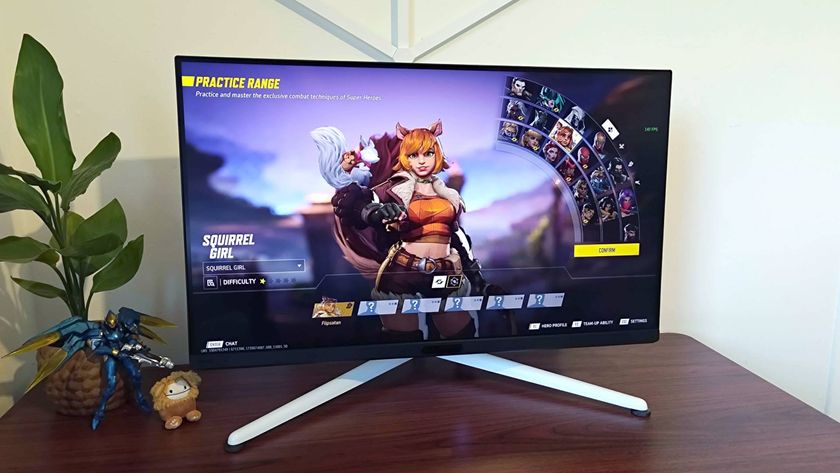
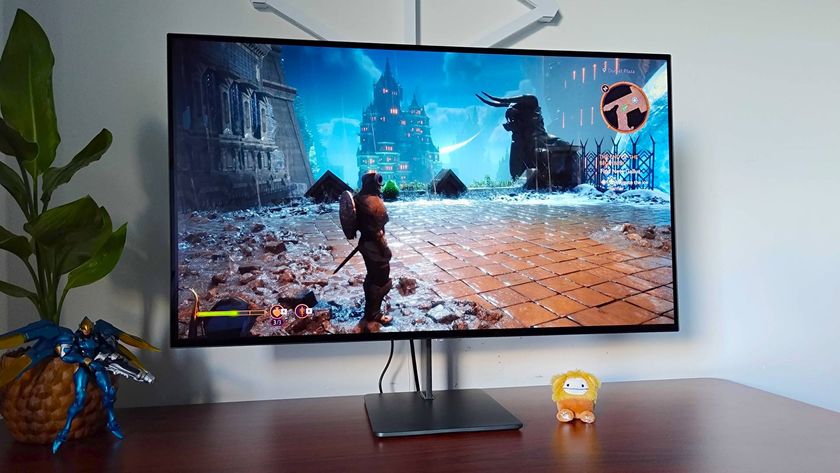
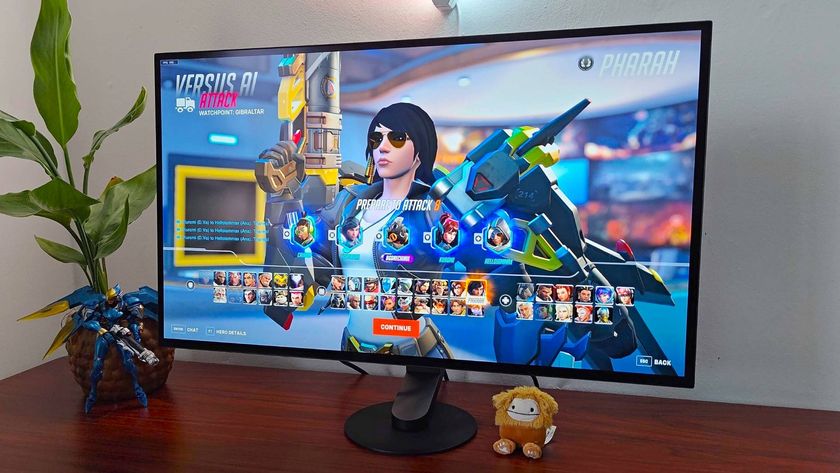
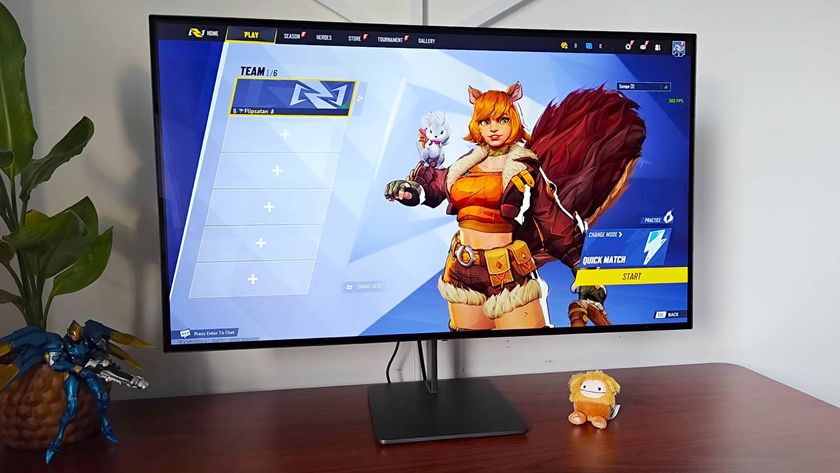
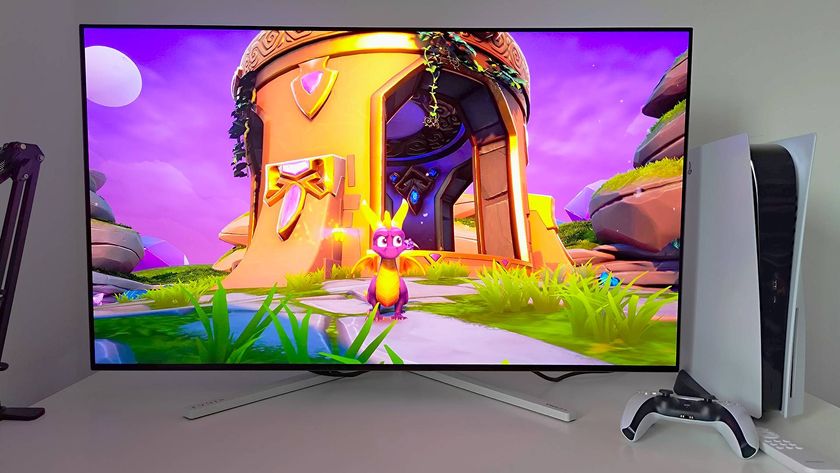
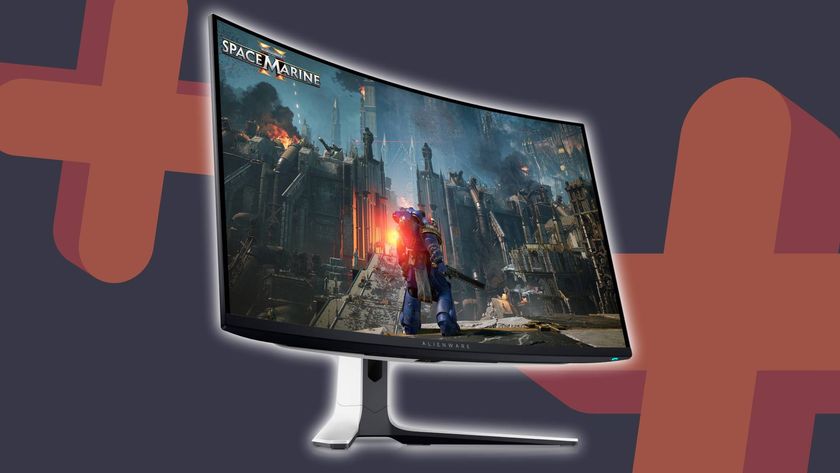






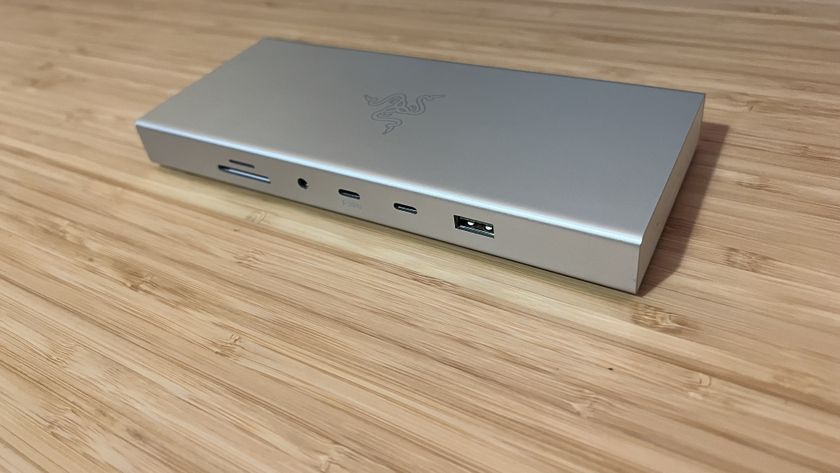
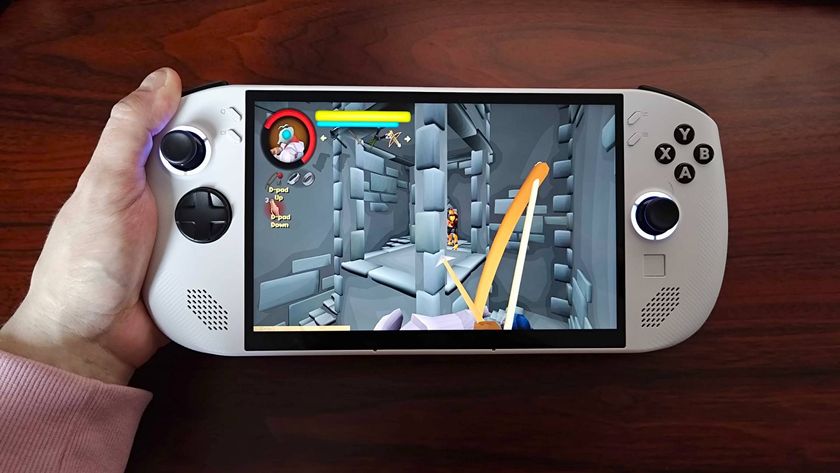
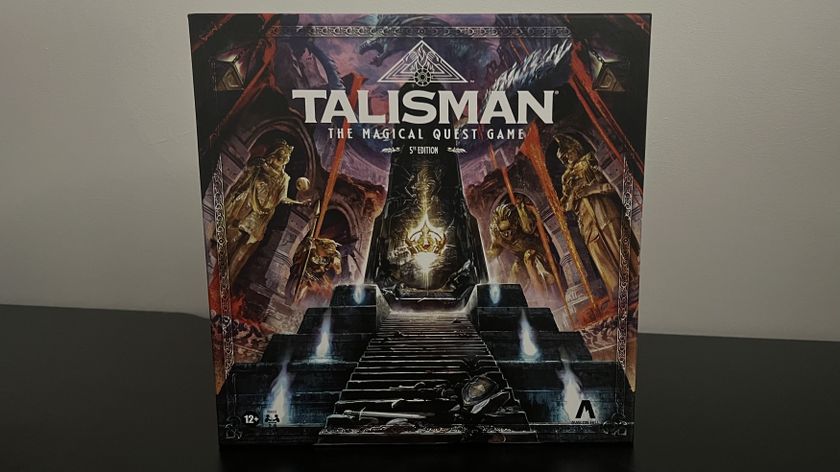


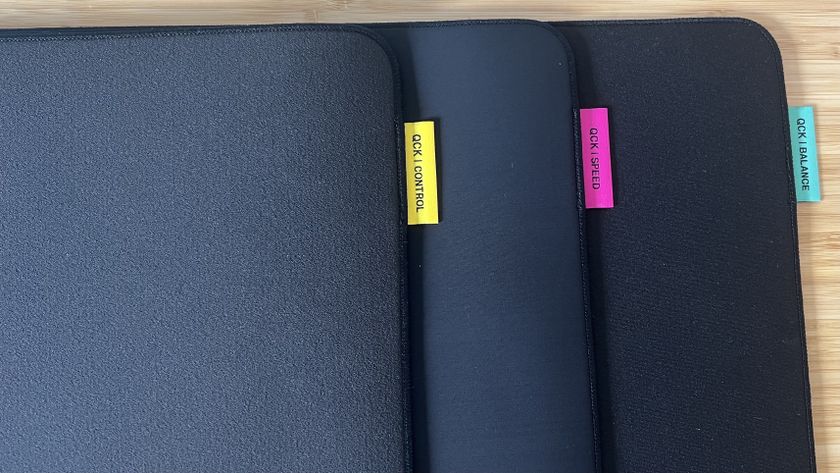

After 10 years, a new animated movie has beaten a box office record set by Star Wars: The Force Awakens

First reactions to Ex Machina director's "intense" new war movie are comparing it to Black Hawk Down

From Skyrim to Baldur's Gate 3, spiders are universally horrible – but Avowed finds a way to make them worse than ever



